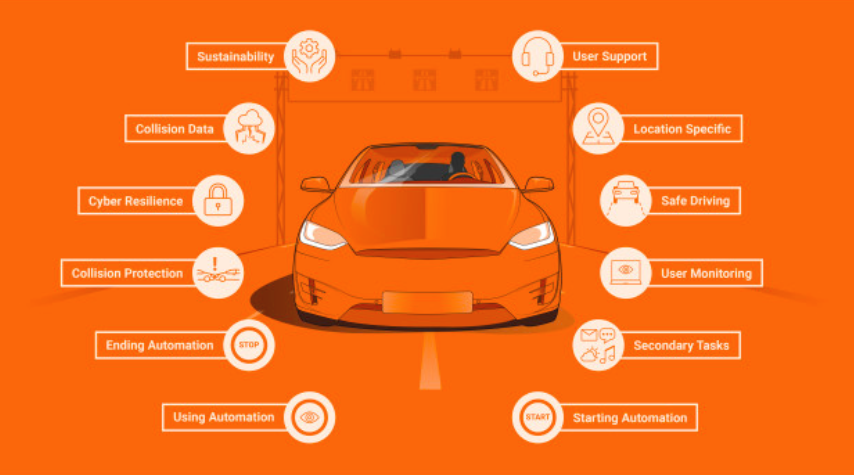Thatcham Research has revealed a list of 12 guidelines designed to minimize bumps in the road on the journey toward fully automated driving. Developed alongside the Association of British Insurers, the guidelines come as Thatcham works with international regulators on new rules allowing automated driving systems onto motorways.
The transition from automated to assisted driving is where the greatest risk of accidents occurs, according to Matthew Avery, director of research, Thatcham Research: “The UK government’s prediction that fully AVs will arrive on UK roads in 2021 is unlikely. However, early automated driving systems designed only for motorway use could be available to consumers by then. To avoid introducing a new hazard, the vehicle needs to have an effective driver monitoring system to ensure safe handover of control between driver and vehicle, and that the driver is available to take back control when needed.
“The vehicle needs to play a guardian angel role. This is important because if the system can’t handle a scenario, it can bring the driver back into the loop. If the driver does not respond, the system should be able to assess the road conditions, just as a human would, and decide on the safest action to keep the car’s occupants and those around them safe.”
The 12 principles have been authored for governments, regulators and vehicle manufacturers to ensure the safe adoption of automated driving systems. They are available in the new Defining safe automation report, with pre-requisites including in-vehicle training to ensure that drivers understand the car’s automated functions and geo-fencing to restrict the system to motorway driving only.
In addition, if the driver does not take back control when required, the vehicle must be able to assess the safest minimum-risk maneuver and undertake it according to the prevailing road conditions. “This should never mean simply deactivating automation or stopping in a live lane,” comments Avery.
To read the full report and the list of guidelines, click here.


